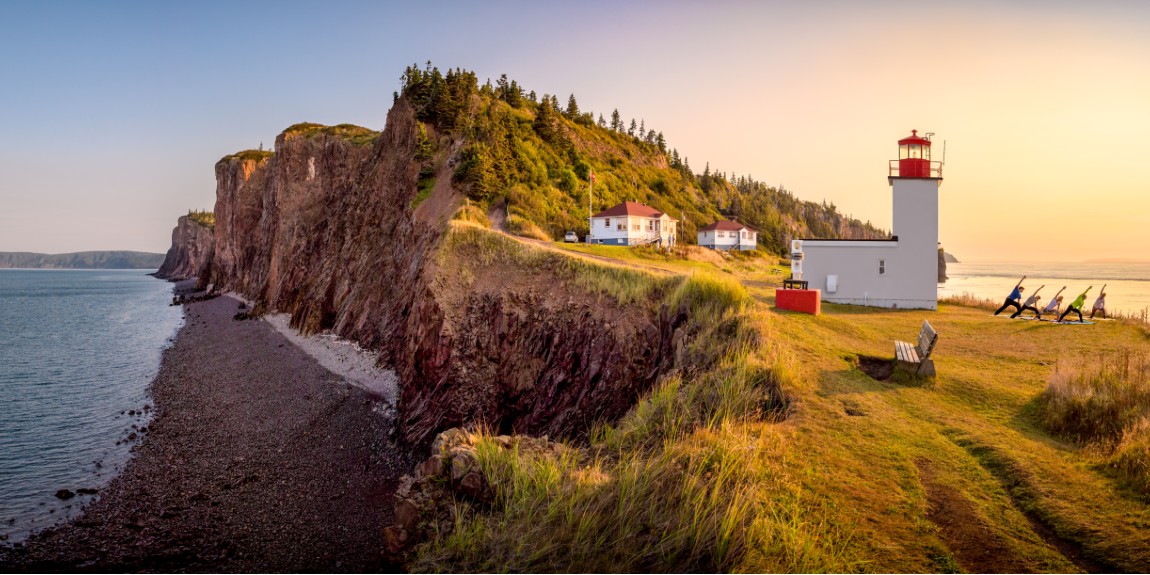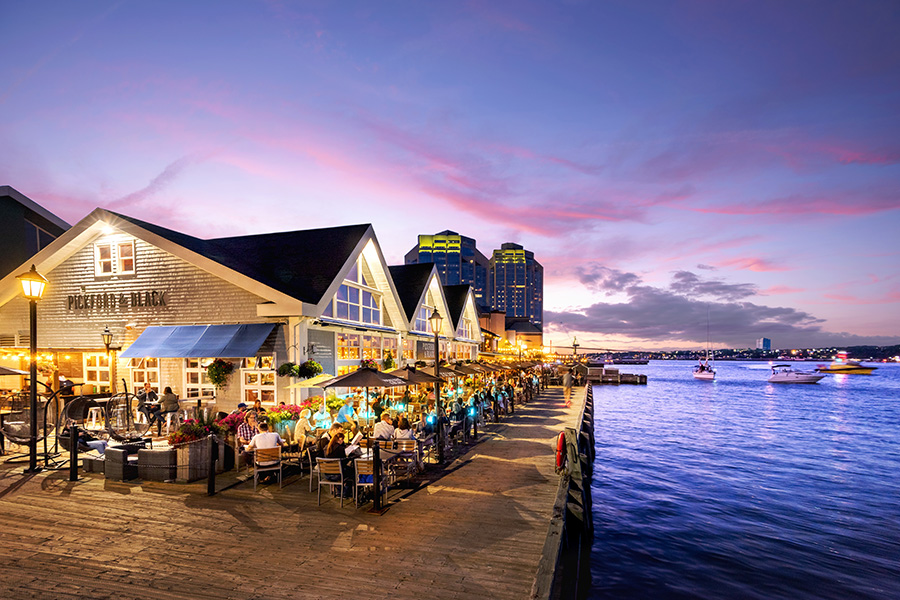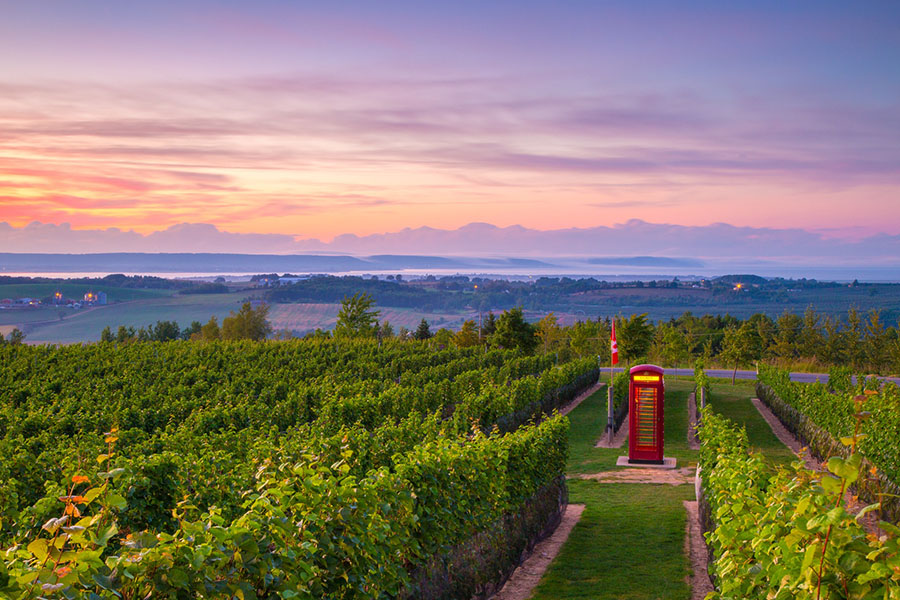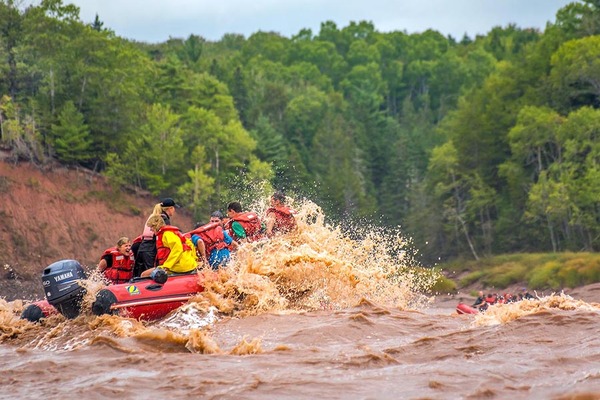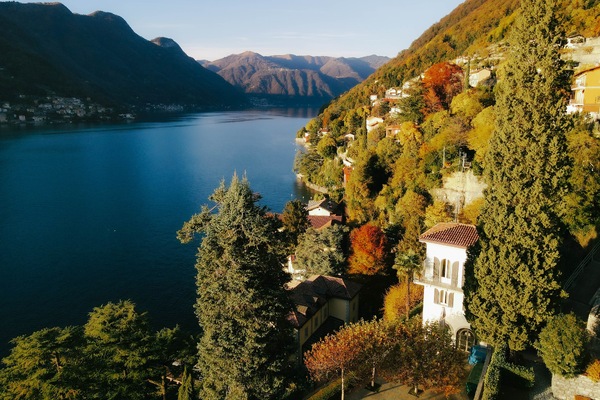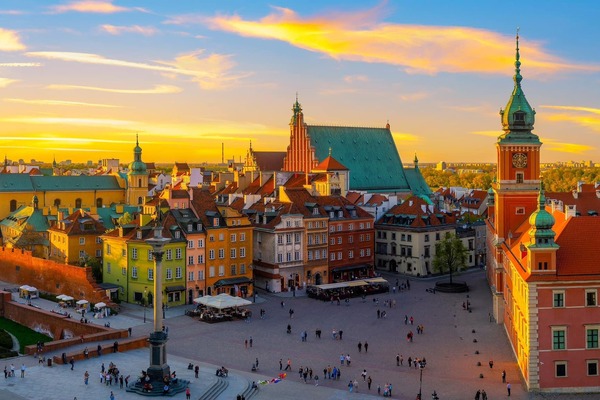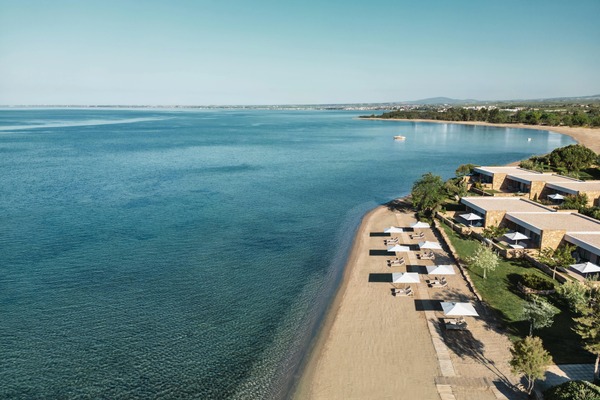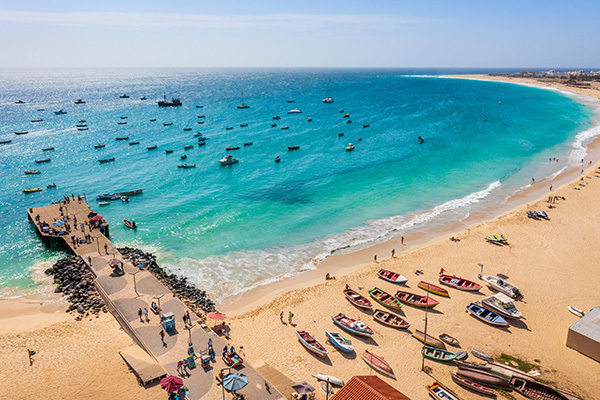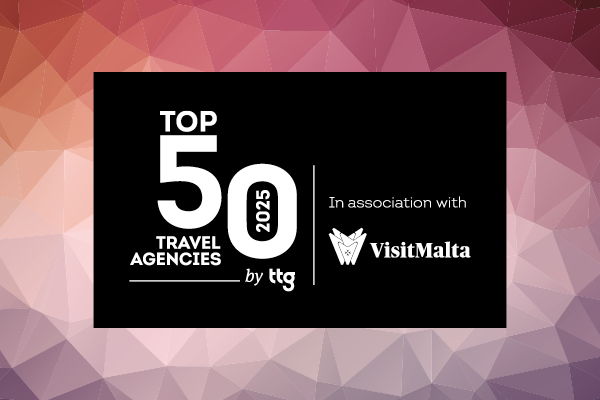This Canadian province offers the quintessential seaside experience
 Baldwin Ho
Baldwin HoNova Scotia is Canada’s ocean playground, with appetising seafood, salty fishing towns and a deep sense of maritime history. Our writer savours a tour of the Atlantic province
“A Korean journalist came recently and ate a lobster for every single meal,” proclaims Janette Wallace from Tourism Nova Scotia.
As a self-professed shellfish fiend, my first thought is: “That sounds like a challenge I can’t wait to accept.”
Devouring lobster is turning into a national sport in Canada’s second-smallest province. There are lobster rolls, lobster tacos, lobster poutine and even a lobster beer for visitors to sample.
The gateway into Atlantic Canada is Halifax, the capital of Nova Scotia, and there is no shortage of fine dining establishments there to satisfy your clients’ crustacean cravings. My first pit stop is at the renowned restaurant Drift. It is part of the region’s first luxury boutique hotel, the Muir, in Queen’s Marque, Halifax’s new waterfront cultural district.
I catch sight of a seafood tower including Matane shrimp and lobster cocktails, which is giving me significant food envy. Instead, I opt for a variation on a local classic: Nova Scotia seafood hodge podge. Typically, it would be a diced mutton or vegetable stew, but here it is filled with the treasures of the sea, from littleneck clams to hand-dived scallops.
The following night a symphony of seafood is on offer again at 5 Fishermen restaurant. The five fish experience – comprising gently seared shrimp, local scallops, half lobster tail, halibut, and salmon – is so good it has me considering an immigration application to become Canadian.
My lobster addiction is fully certified by the time I reach Hall’s Harbour Lobster Pound in the Bay of Fundy. It is a working lobster pound, part of the staggering $3.26 billion worth of the crustacean exported from Canada in the record-breaking year of 2021. It’s a fuss-free experience: I pick the size from a live pool and it’s quickly served up with melting butter. Your clients will appreciate how much sweeter and more tender the meat is compared with lobsters from the warmer waters of California or Australia.
LIVING HISTORY
To burn off the calories, we head to Kejimkujik National Park and Historic Site, where clients can enjoy the stunning scenery by hiking and fishing. We stroll along the shoreline to see Mi’kmaq rock carvings thought to be 800-1,000 years old. The Mi’kmaq is the largest First Nations population occupying Canada’s eastern Maritime Provinces.
Balancing the old with the new, we check out one of the newest and fastest-growing industries in Nova Scotia: wineries. With warming temperatures, much like in the south of England, the weather conditions are now perfect for grape growing. We enjoy a guided tasting experience at the awards-laden Benjamin Bridge. They have spittoons at the ready, but I’m not wasting a very quaffable 2022 Nova 7. It is a white wine that dances on my palate with floral notes and hints of lemon curd.
Nearby, also in the Gaspereau Valley, is Luckett Vineyards. The fascinating thing about Luckett (apart from owner Pete Luckett, a British-born Canadian media personality) is the fact they have a red British telephone box in the vineyard. “It celebrates my UK roots,” Pete proclaims, and you can call anywhere in North America for free.
If you want the quaint village feel of Maritime Provinces, it doesn’t get more idyllic than at Lunenburg, a Unesco World Heritage Site with a population of fewer than 2,500 people. We begin our exploration of the town by signing up for the Essential Lunenburg Walking Tour. The genteel stroll is a perfect opportunity for your clients to admire the Victorian architecture of the old town.
Luckily for us, we have plenty of time in Lunenburg, so we can embark on a whirlwind tour of all the highlights. We live our best pirate life by sampling the rum at Ironworks Distillery, then hit the Fisheries Museum of the Atlantic to find out how the iconic Bluenose Schooner could sail so fast.
We feast at the Grand Banker Bar & Grill, where despite my finest attempt at espionage, I cannot get the waitress to reveal to me the secrets of the signature lamb sauce in their famous Lion Inn rack of lamb. And I cannot get enough of the raw scallops from Beach Pea Kitchen & Bar. It feels as if I’ve just hand-dived the shell myself and prised open the treasure.
GO WITH THE FLOW
For clients after action and adventure, Nova Scotia is only place in the world where you can take part in tidal bore rafting. A staggering 160 billion tonnes of ocean water travel up the Shubenacadie River, reversing the flow of freshwater streaming downwards. It’s this effect that makes riding a Zodiac on the river against the bore my tip for most exciting activity on the island. Yes I was slapped numerous times by the refreshing water but, like a great chilli, I kept wanting more.
While in Halifax I thoroughly enjoy a more sedate sailing option, the harbour hopper tour. It travels on both land and sea, so I experience multi-faceted Halifax in all its glory. Finally, if your clients like a spooky yarn to go along with their nautical adventures, make sure to book Salty Dog Sea Tours. I am engrossed as skipper Tony Sampson reveals a local legend of buried treasure and tells us: “Yes, I’ve been on every season of Sky History’s The Curse of Oak Island.” On a tour in the presence of a reality TV celebrity, your clients will be impressed.
And did I succeed in my lobster challenge? No, but why would you restrict yourself to one type of shellfish when Nova Scotia offers an embarrassment of riches in other seafood too?
Book it: Jetset Flights offers a five-night twin-centre Nova Scotia holiday from £1,248pp, based on two people sharing. Price includes return flights to Halifax with Air Canada departing Heathrow on 6 May 2024, three nights’ B&B at the Westin Nova Scotian in Halifax and two nights’ room-only at Smugglers Cove Inn, Lunenburg; jetsetflights.co.uk
Nova Scotia snapshot
Smarter: Nova Scotia tourism board’s website can help with itinerary design and destination training. Their virtual fam tour section is perfect for a quick visualisation of the region; novascotia.com/travel-trade.
Better: The best time to visit is during autumn when the falling leaves provide a beautiful backdrop. This period is during shoulder season, so accommodation is generally cheaper, too.
Fairer: Look out for the Nova Scotia Seafood trademark logo to ensure clients are dining out on the most sustainable, highest-quality seafood on the island. Traceability and food safety standards are meticulously assessed.
Sign up for weekday travel news and analysis straight to your inbox

Baldwin Ho
Supplier Directory
Find contacts for 260+ travel suppliers. Type name, company or destination.
